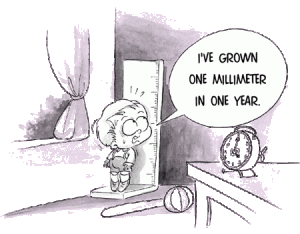— To comprehend and express the meanings of short functional and simple monolog essay texts in the form of Perfect Tense in the daily life context to access knowledge
Basic Competency :
— To respond and express the meaning nuance and the rhetorical steps within the short functional and simple monolog essay texts in the form of perfect tense (present perfect, past perfect and future perfect tense)accurately and fluently in the daily life context to access knowledge
Indicators :
After having finished the lesson, the student are expected to be able to:
— understand the pattern of perfect tense
— identify perfect tense in a certain text
— use perfect tense in making sentences and telling an event or action.

The present perfect tense is a perfect tense used to express action that has been completed with respect to the present. (The word perfect in its name refers to the idea of completion—of being now finished—rather than to perfection in the sense of “no flaws”.)
“I have finished” is an example of the present perfect. The present perfect is a compound tense in English (and in many other languages), meaning that it is formed by combining an auxiliary verb with the main verb. For example, in modern English, it is formed by combining a present-tense form of the auxiliary verb “to have” with the past participle of the main verb. In the above example, “have” is the auxiliary verb, whereas the past participle “finished” is the main verb. The two verbs are sometimes labeled “V1″ and “V2″ in grammar instruction.

— Present Perfect Tense is used for describing a past action’s effect on the present: He has arrived. Now he is here. This holds true for events that have just been secluded as well as for events that have not yet occurred.
Present perfect is formed by combining have/has with the main verb’s past participle form:
— I have arrived.
A negation is produced by inserting not after have/has:
— I have not arrived.
Questions in present perfect are formulated by starting a sentence with have/has:
— Has she arrived?
Adverbs used:
Past Perfect Tense is a kind of tense that is used to describe an action or an event that started in a certain time in the past and completed or finished till certain time in the past too; or past perfect tense is used to express an action or an event that had happened before the other event or action happened
The pattern :
– (+) Subject + had+verb III+cmplement
– (-) Subject + had not+ver III+complement
– (?) Had + subject +verb III+complement
– (+) We had eaten before they came
– (-) They had not eaten before we came
– (?) Had they eaten before we came?














